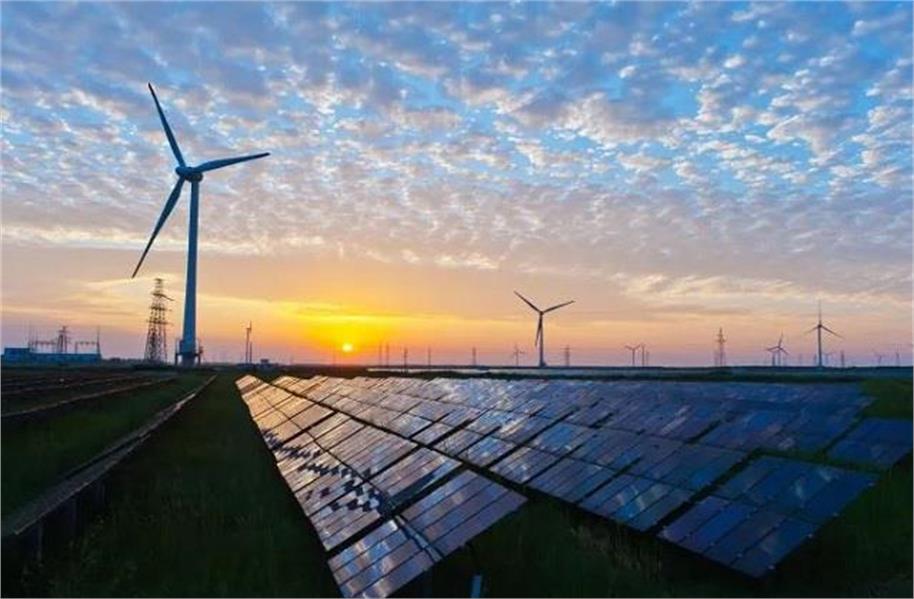IEA’s Energy Technology Perspectives 2024 report provides an analysis of the future of clean energy technology manufacturing and international trade. It focuses on six key technologies – EVs, batteries, solar PV, wind turbines, heat pumps and electrolysers – which account for nearly half of global clean energy investment, with a market size of over $700 billion.
The report assesses the economic opportunities that a clean, modern energy economy is creating and how investments in clean energy technologies and materials manufacturing are reshaping global trade flows. The ETP-2024 also considers the need to build secure and resilient supply chains for the clean energy transition.
How much regional focus?
Manufacturing investment in India has grown fivefold since 2020, increasing India’s global share from 1.5 per cent to 3 per cent. Through initiatives such as the production-linked incentive scheme, India aims to become a net exporter of clean technologies by 2035.
China leads in low-cost manufacturing for all six technologies, with Chinese facilities operating at 25-95 percent lower costs than those in the US and Europe. China’s clean technology exports are expected to balance its fossil fuel imports around 2050 under current policies, and by 2035 with stronger climate policies.
Highlights of the report
The global market for clean energy technologies has quadrupled since 2015, rising to over US$700 billion in 2023. This market could reach over US$2 trillion by 2035, comparable to the global crude oil market. Global trade in these technologies will triple in a decade, potentially reaching US$575 billion, 50 per cent more than today’s natural gas trade.
China is expected to remain the world’s clean energy manufacturing superpower, with projected exports exceeding US$340 billion by 2035.
India’s Transformation – Under rapid transition scenarios, India could shift from a net importer to an exporter by 2035, potentially generating US$30 billion in clean tech exports and reducing its fossil fuel import bill by 20 percent.
New opportunities for emerging markets
Latin America and Brazil – Favorable conditions for wind turbine manufacturing could increase exports sixfold by 2035.
Southeast Asia, Latin America and Africa – Currently contributing less than 5 percent of global cleantech value added, these regions have growth potential, as identified through a country-by-country assessment of 60+ indicators.
Trade and energy security – Clean energy commodities are expected to increase energy resilience, as one container ship loaded with solar PV modules can match the power from 50 large LNG tankers or more than 100 coal shipments. Today, nearly 50 percent of maritime trade in clean energy technology passes through the Strait of Malacca, more than double the volume of fossil fuel trade passing through the Strait of Hormuz.
Future Outlook – Finally, North Africa is poised to become a major player in EV manufacturing due to favourable conditions.



